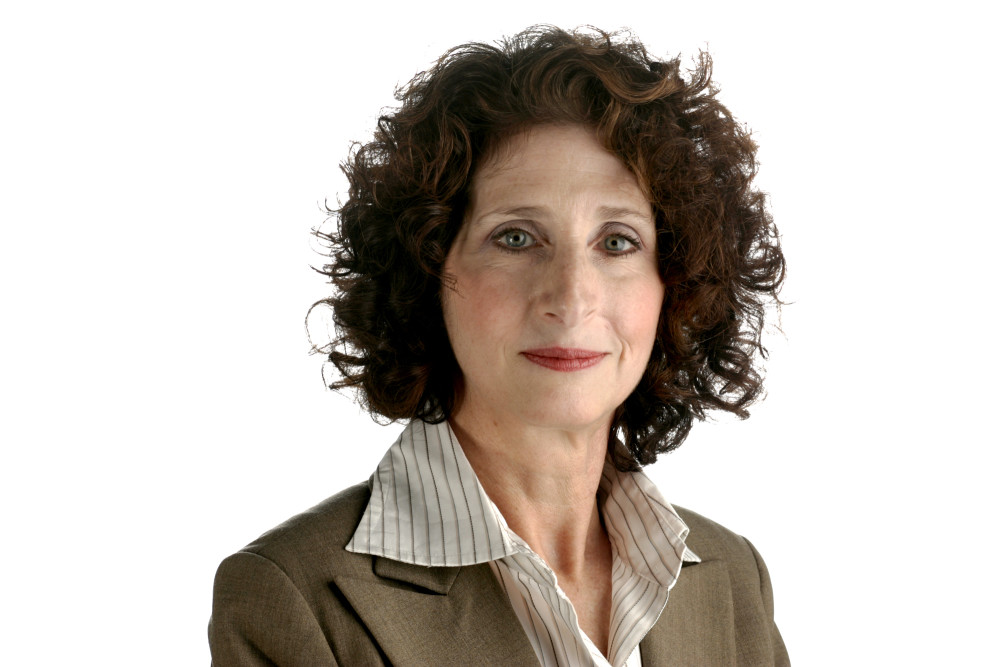By Gail MarksJarvis
Chicago Tribune.
There’s nothing worse than telling someone with good intentions about saving that their handful of hard-earned money is too puny to interest you.
Yet that’s what happens at this time of year, when people get motivated to open their first individual retirement accounts.
Many of the institutions that often are in news articles about IRAs don’t want the regular person with big goals but small cash, or at least not until the cash has turned into thousands.
Some mutual fund companies don’t want to bother with you until you can show up with $1,000 or more. For some, the minimum is $3,000.
That’s disheartening, because a person starting with a couple of hundred dollars in an IRA or Roth IRA can build their money up quickly into nice sums if they invest wisely and are committed to dropping a little money into those accounts every time they get a paycheck.
An 18-year-old investing $250 a year in a stock market mutual fund can look forward to amassing almost $400,000 during his working life.
If he or she ups the sum every year as employers grant raises, getting to $1 million would be likely.
So if you are motivated now, you can find a firm that will welcome your meager investment.
An easy way to get through the door is to request a target date fund for your IRA or Roth IRA investment.
These funds are made for people who don’t want to think deeply about whether to choose stocks or bonds, or how many of each.
Rather, all you have to do is pick a fund that has a date in the name the date when you are likely to retire.
That date tells the fund manager what percentage of your money to invest in stocks and bonds based on what tends to be appropriate for your age.
So if you are 21 now, and assume you will work into your late 60s, you would choose a target date fund with the number 2060 in the name.
Most of your money would be invested in stocks, and you could leave your money in this fund throughout your working years, and add more each year, or better yet, a little every time you get a paycheck.
The fund manager would keep watching your age and invest your money based on that one piece of information.
Year after year, the manager would make changes, cutting back a little on stocks and investing more in bonds as you got closer and closer to retiring in 2060.
T. Rowe Price or Vanguard would be a good place to open an IRA and use a target date fund. But if you don’t have $1,000, they won’t have you.
A couple of alternatives if you have just $250 would be an American Funds target date fund or MFS Lifetime series target date fund.
If you have $500, you could consider JPMorgan SmartRetirement series target date funds. All three carry relatively high ratings, said Adam Zoll, a Morningstar analyst.
The drawback is that their fees, known as the “expense ratio,” are higher than the lower-cost T. Rowe and Vanguard.
But the fees are still within the realm of acceptable.
Another alternative if you have as little as $100 would be to go to a Charles Schwab discount broker.
There, you could open an IRA and use the Schwab target date fund.
Typically, you need $1,000 to start at Schwab, but not if you use a target date fund.
In fact, you could get started with as little as $50 at Schwab.
You would pick what’s known as an exchange-traded fund.
With $50, you’d have enough to buy one share of the Schwab U.S. Broad Market ETF. That would be an investment in the full stock market.
If you wanted to cut risks in the stock market and had $100, you could put half into the Schwab U.S. Broad Market stock ETF and half into the Schwab U.S. Aggregate Bond ETF.
Over the years, you can keep investing in these same ETFs.
The benefit of the Schwab ETFs is that Schwab doesn’t charge you a commission when you buy these two basic funds.
So almost all your money goes to work in the investments, an important factor when investing small sums regularly.
TD Ameritrade also lets you open IRAs with little money and has commission-free ETFs.
___
ABOUT THE WRITER
Gail MarksJarvis is a personal finance columnist for the Chicago Tribune and author of “Saving for Retirement Without Living Like a Pauper or Winning the Lottery.”














































































































































































































































































































































































